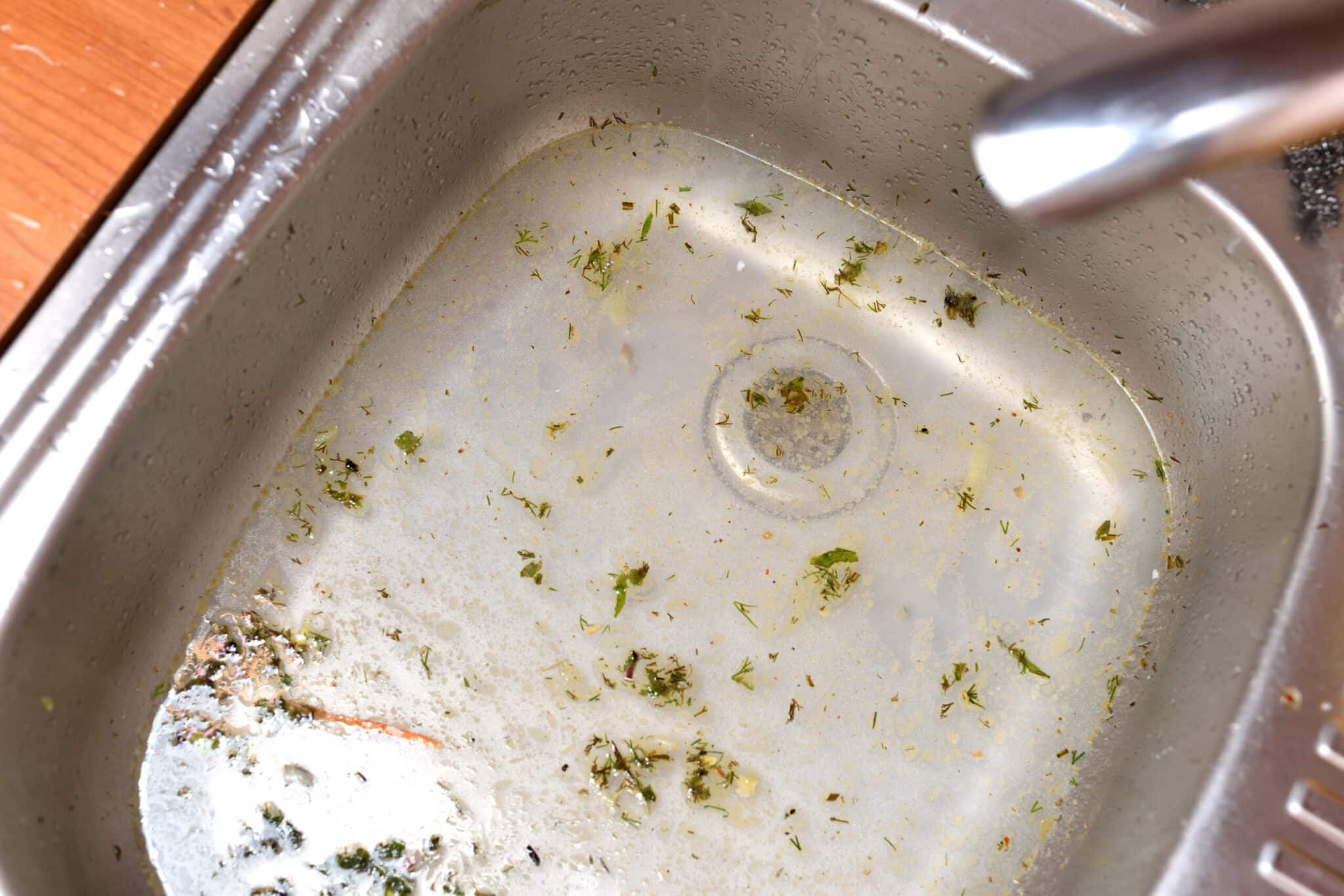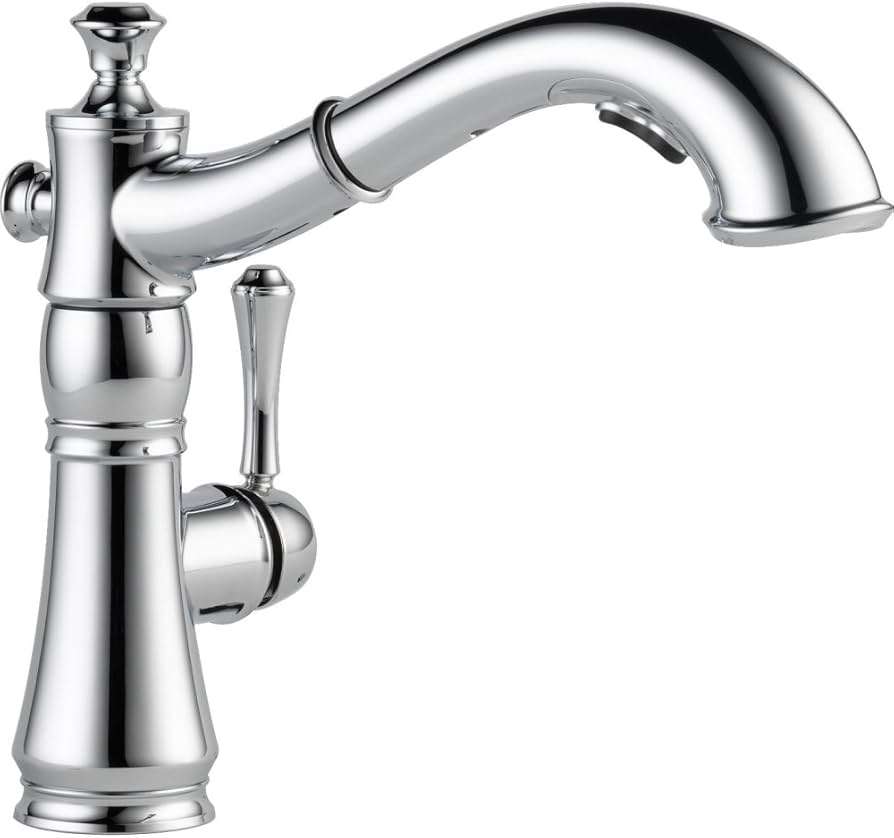Dealing with a clogged kitchen sink, especially one equipped with a garbage disposal, can be a homeowner’s nightmare. The combination of food scraps, grease, and other debris often leads to stubborn blockages that traditional methods struggle to resolve. But what if there was a more effective, targeted solution designed specifically for this common problem? We delve into a revolutionary approach using specifically formulated liquid plumr for kitchen sink with garbage disposal systems, exploring their unique advantages and offering guidance on safe and efficient use. This innovative method focuses on breaking down organic matter and clearing drain lines, restoring optimal flow and preventing future build-up.
Understanding the Unique Challenges of Kitchen Sinks with Garbage Disposals
Kitchen sinks with garbage disposals face a unique set of challenges compared to standard drains. The disposal unit itself can become a breeding ground for stubborn clogs. Food particles, especially starchy or fibrous materials, can accumulate within the disposal chamber, hindering its functionality and contributing to drain blockages further down the line.
- Grease Buildup: Grease solidifies as it cools, clinging to drain walls and trapping other debris.
- Food Scraps: Certain foods, like rice and pasta, expand in water, contributing to clogs.
- Disposal Malfunctions: Improper use of the disposal (e.g., grinding hard objects) can damage the blades and lead to blockages.
The Power of Formulated Liquid Plumr
Traditional drain cleaners often rely on harsh chemicals that can damage pipes and pose safety risks. A specialized liquid plumr for kitchen sink with garbage disposal offers a more targeted and often safer approach. These formulas are typically designed to:
- Break Down Organic Matter: Enzymes and other ingredients work to dissolve food scraps and grease effectively.
- Protect Pipes: Formulas are often designed to be safer for various pipe materials, including PVC and metal.
- Deodorize: Many products contain fragrance additives to neutralize unpleasant odors associated with clogged drains.
Choosing the Right Product
When selecting a liquid plumr for kitchen sink with garbage disposal, consider the following factors:
- Ingredients: Look for formulas containing enzymes, bacteria, or other biodegradable ingredients.
- Pipe Compatibility: Ensure the product is safe for your specific pipe materials.
- Severity of Clog: Some products are designed for maintenance, while others are formulated for heavy-duty clogs.
Safe and Effective Usage
Always follow the manufacturer’s instructions carefully when using any drain cleaner. Here are some general guidelines:
- Read the Label: Understand the recommended dosage and application method.
- Wear Protection: Use gloves and eye protection to avoid skin and eye irritation.
- Ventilate the Area: Open windows or turn on the exhaust fan to prevent inhalation of fumes.
- Flush Thoroughly: After the recommended soak time, flush the drain with hot water for several minutes.
Prevention is Key
While liquid plumr for kitchen sink with garbage disposal can be a valuable tool, prevention is always the best approach. Avoid pouring grease down the drain, and grind food scraps in small quantities. Regularly flush the disposal with cold water while running it to help prevent buildup. By combining preventative measures with the targeted use of specialized drain cleaners, you can keep your kitchen sink flowing smoothly and efficiently for years to come.






